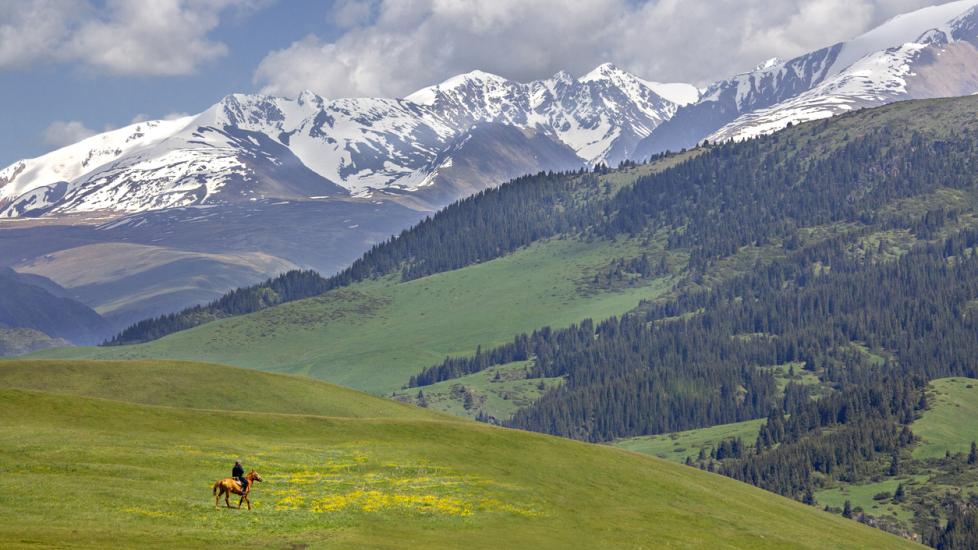Adaev
Reviewed for accuracy December 13, 2022.
The Adaev, short for Aedaevskaya, is a common horse breed best suited riding and labor on small farms. The modern Adaev, however, has found its niche in milk production.
Physical Characteristics
Standing at approximately 13 to 14.1 hands high (52-56 inches, 133-142 centimeters), the Adaev typically comes in various colors, including palomino, chestnut, bay, and gray.
As a result of crossbreeding, the modern Adaev has a well-defined form and withers. Its trunk is deep and its joints and tendons are clearly defined. The horse's head, meanwhile, is well-proportioned and its back and neck are long and straight. Additionally, because the Adaev's skin is thin, its veins are visible on the surface.
Personality and Temperament
Differentiated by their bone structure and form, the Adaev breed is classified into three types: light, medium, and massive.
The light and medium Adaev types are hardy horses, typically used for riding because of their nobler appearance than the massive type. Generally, these Adaev horses are mixed with the Akhal-Teke breed. The massive Adaev, however, is still the most valued type because it has the best-balanced structure and proportional build. They are also known for their endurance and agility, as well as their ability to adapt to new and harsh environmental conditions.
History and Background
The Adaev, a horse originally from the steppes of Kazakhstan, is part of the larger Kazakh horse group, which can be traced back to 5,000 B.C. The Adaev was found to be a good specimen for out-crossing, so it was used extensively to improve the Jabe stock, another common Kazakh breed. Unfortunately, this led to the near decimation of the pure Adaev breed.
In 1985, breeders gathered 27,000 Adaev horses to restore the breed's numbers. Once the stock recovered sufficiently, their focus turned toward improving the breed, specifically its height and physical form, to enhance its hardiness. Various methods were used to achieve this, including crossbreeding with other breeds: the Orlov Trotter, Don, and even the Thoroughbred.
Naturally, the breeders involved in this endeavor kept scrupulous records of each individual horse’s pedigree. They also experimented extensively to find additional sources of food for the Adaev. No longer rare, the modern Adaev horse is used for riding as well as for milk production of up to 11-14 liters per day.
Care and Health
The traditional method for raising Adaevs is the Taboon, where horses are herded (typically in groups of 200) in a large, unfenced, year-round pasture. No supplemental feed is given to the horses, either—they are instead encouraged to fend for themselves and eat their fill of the available food source. Horsemen, however, need to constantly supervise the herd.
The Adaev have been noted to be slightly more prone to hoof and limb problems than their close relatives, the Kazakh. It is important not to overfeed these hardy horses and keep them in a proper body condition, to prevent issues such as laminitis and metabolic diseases such as Cushing’s.
Featured Image: iStock.com/Ozbalci
